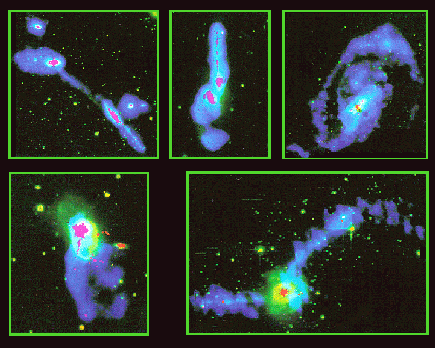
We present high-quality aperture synthesis observations of the neutral hydrogen distribution in a sample of five galactic systems believed to be involved in progressive stages of merging: Arp295, NGC4676, NGC520, NGC3921, and NGC7252. These data are supplemented by wide-field images taken through a narrow band Halpha filter, and by deep R-band surface photometry. In the early stages, large amounts of HI exist within the galactic disks and star formation is widespread. The ionized gas emission often takes on the appearance of plumes and arcs emanating from the nuclear regions, which are presumably the sites of interaction induced starbursts. In the final stages there is little if any HI within the remnant bodies, and tidal material is seen moving inward. This suggests that these remnants will evolve into elliptical galaxies in their atomic gas contents as well as their photometric properties. However the observations of NGC520 reveal an extensive rotating gaseous disk, suggesting that perhaps some mergers will not destroy the atomic gas disks of the progenitors. Overall, large quantities of both gas and starlight are seen at large radii. Since this material evolves on very long time scales, it may leave observable signatures for many Gyr.